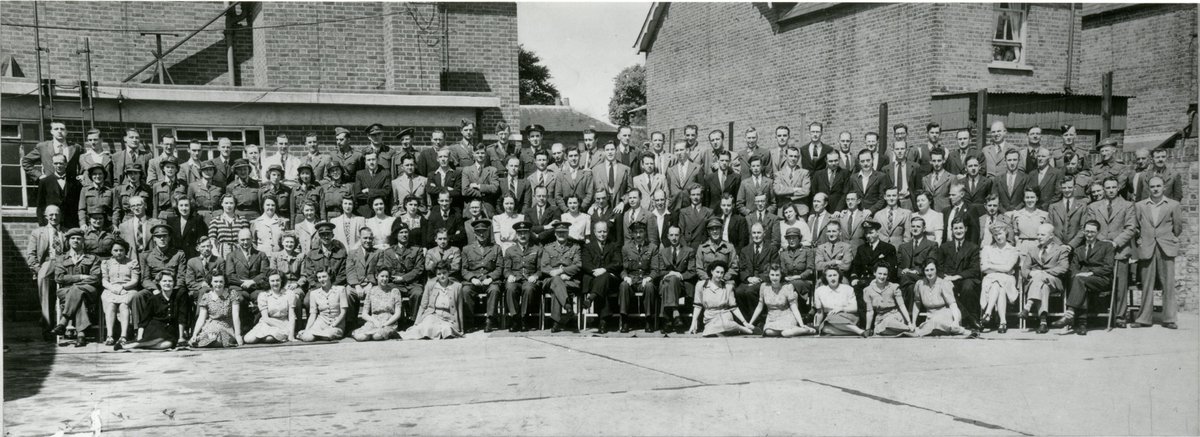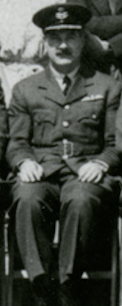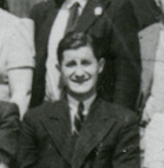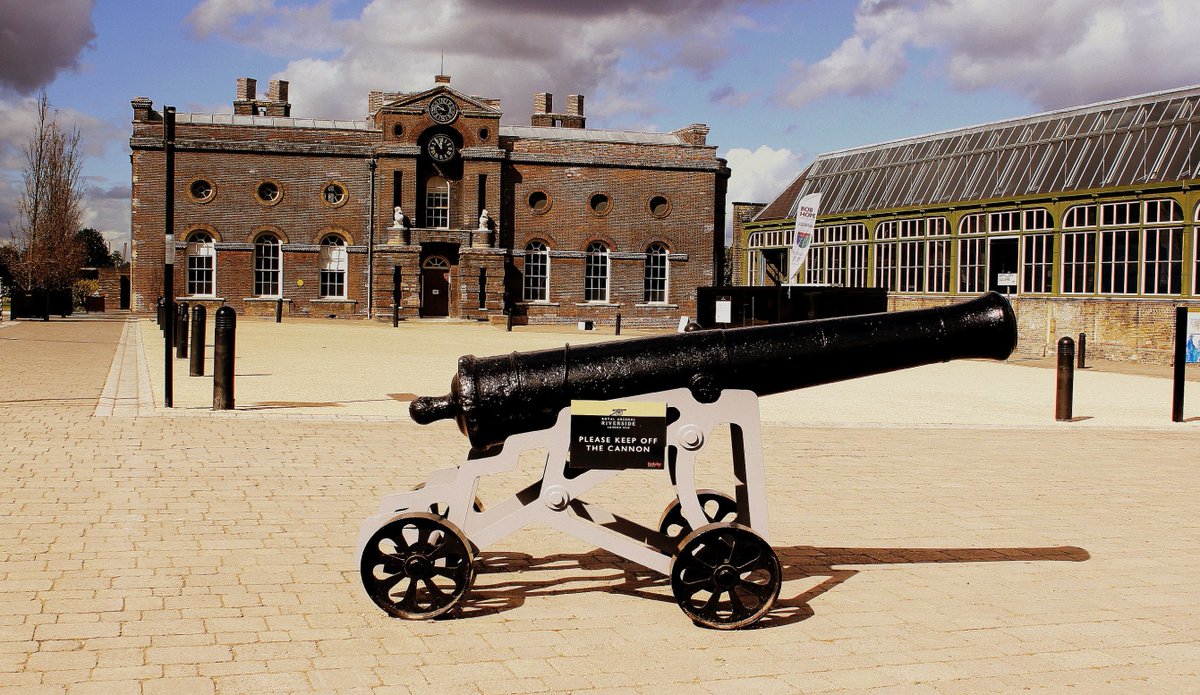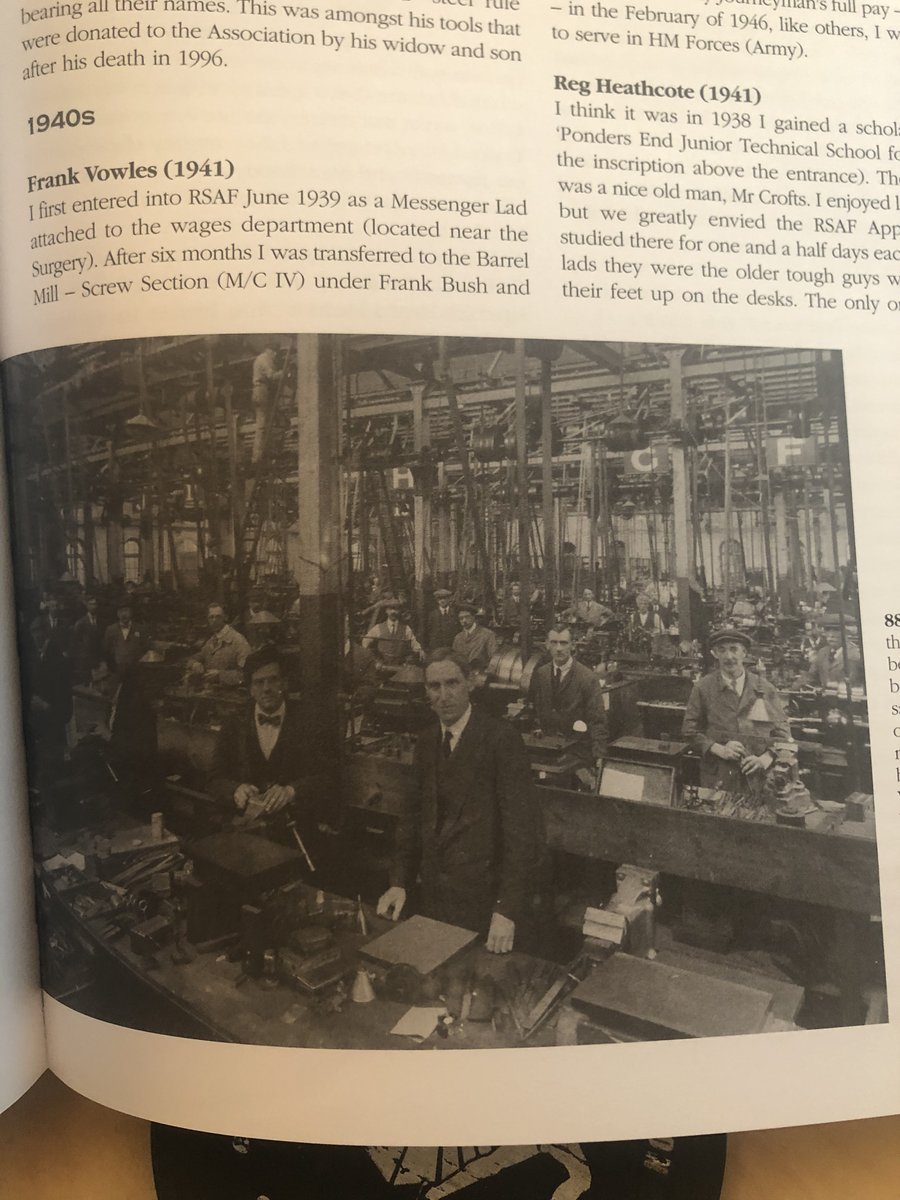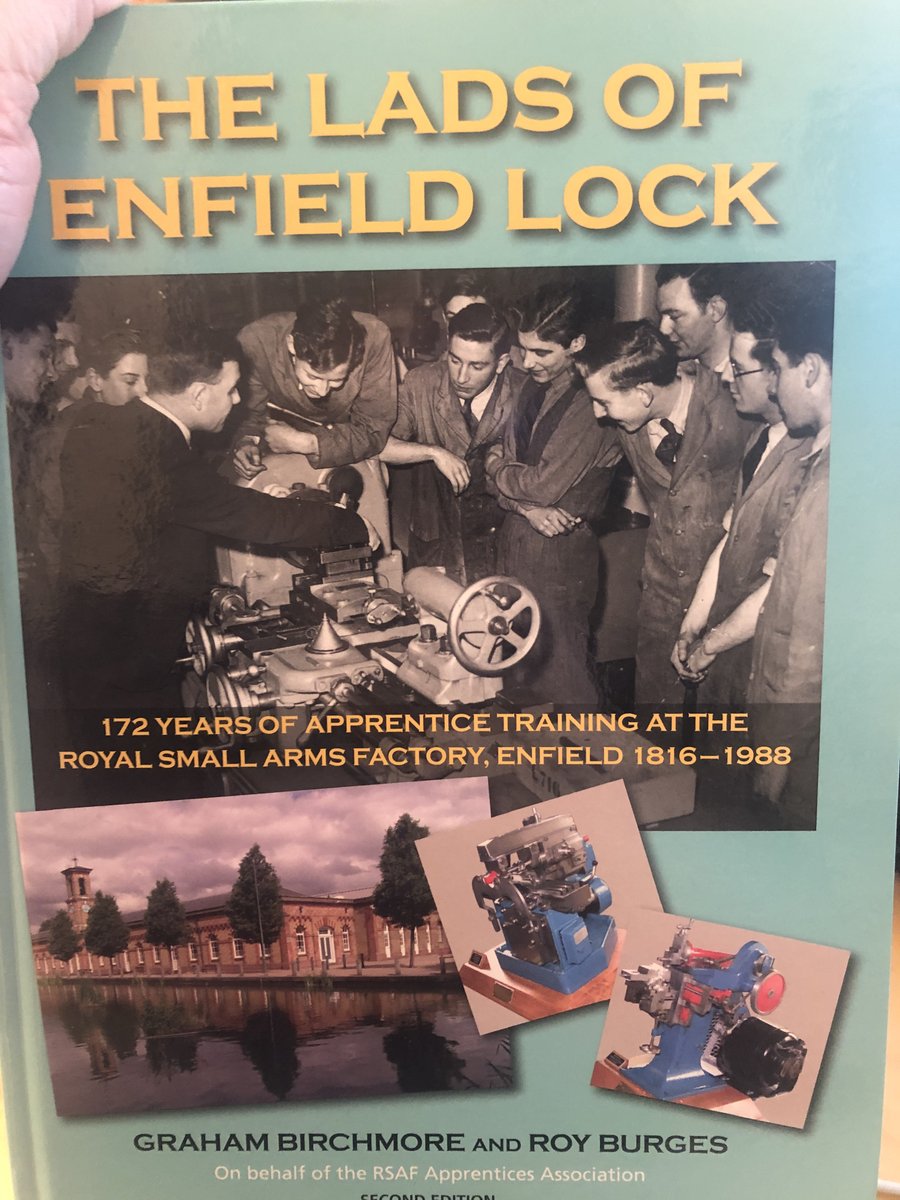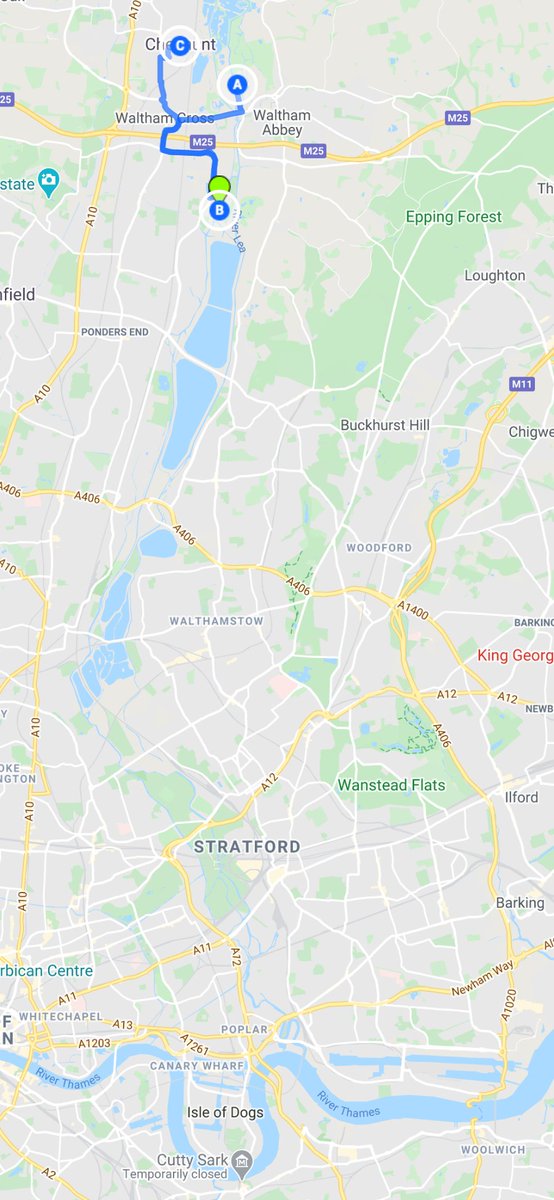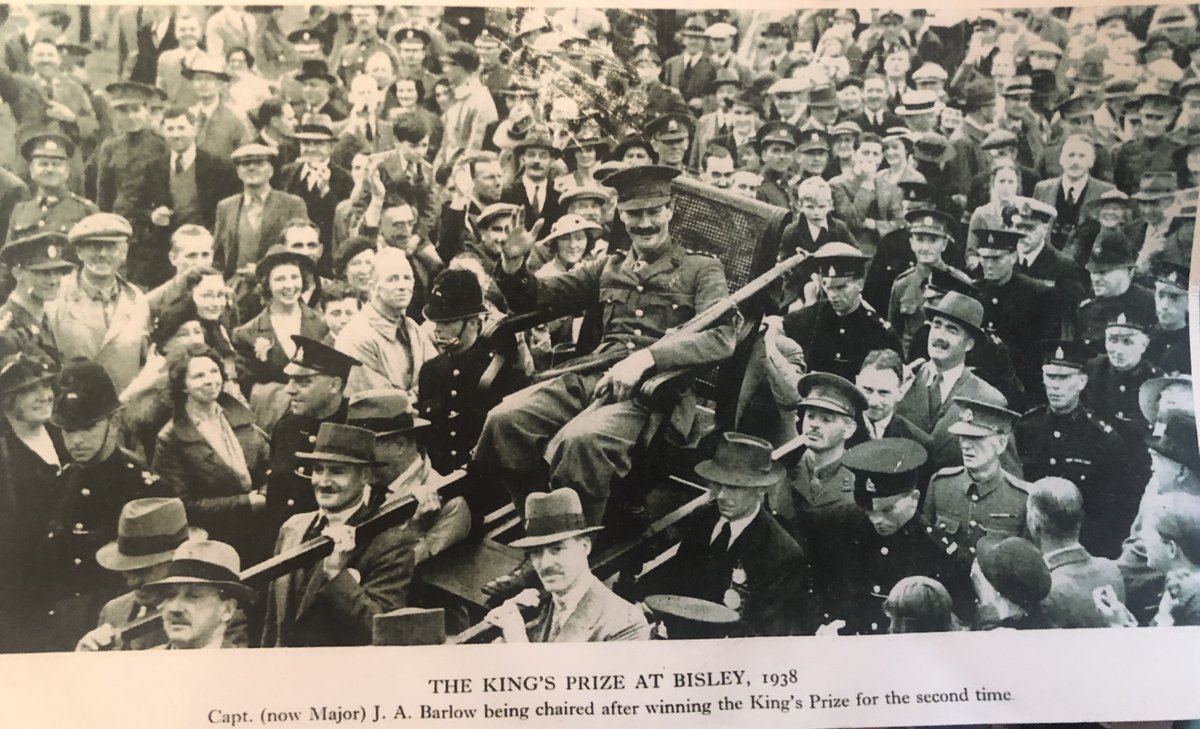A thread on the Armament Design Establishment (SA).
If we're going to talk post-war small arms & NATO small arms and ammunition standardisation then we also have to talk about the ADE(SA).
This is a photo of the entire Cheshunt establishment in 1945.
1/
If we're going to talk post-war small arms & NATO small arms and ammunition standardisation then we also have to talk about the ADE(SA).
This is a photo of the entire Cheshunt establishment in 1945.
1/
The ADE(SA) was led by Col R.V Shepherd. Seated centre left next to the civilian.
There are a lot of familiar faces in this photo including the inventors of the Sten, the Korsak and the Thorpe experimental model automatic rifles (bullpup configurations).
2/
There are a lot of familiar faces in this photo including the inventors of the Sten, the Korsak and the Thorpe experimental model automatic rifles (bullpup configurations).
2/
Sid Hance the man behind the SA80 can also be seen in the photo. He was an apprentice at the ADE(SA) and was involved in designing the EM2 in the immediate years after the SWW.
3/
3/
The ADE (SA) was born out of the Design Department (DD) at Woolwich. There were many branches of the ADE reflecting different calibres & types of weapon.
4/
4/
Before the war the DD's work was dependent on the oversight and management of the Ordnance Board (OB). If one of the Services wanted a new weapon they submitted to the OB a general idea, or rough specification.
5/
5/
This was translated by the Board into firm specifications. The DD was then asked by the OB to produce detailed drawings in accordance with that specification so that the development of a prototype might then begin.
6/
6/
However, the DD was only responsible for producing drawings NOT with offering a critical assessment of the requirement.
The DD therefore played no (or had a minimial) role in defining/interpreting the General Staff's requirements.
7/
The DD therefore played no (or had a minimial) role in defining/interpreting the General Staff's requirements.
7/
Once a drawing had been produced there were no fewer than 8 different depts of the DD that might be involved in bringing a weapon into service.
This was partly 'cos several groups had responsibility for both large & small calibre weapons.
8/
This was partly 'cos several groups had responsibility for both large & small calibre weapons.
8/
Of the factories that did have a responsibility to turn a drawing into a prototype, a culture of piecework in shop tool rooms ensured that they were produced only by those staff who had a specific obligation for set functional tasks.
Tool Room circa 1928.
9/
Tool Room circa 1928.
9/
These 8 Depts were located in Woolwich, Hythe and Enfield forcing prototype kit to travel all over SE England.
Effectively then, small arms design expertise was limited, unfocused and distributed across multiple sites.
10/
Effectively then, small arms design expertise was limited, unfocused and distributed across multiple sites.
10/
When war came the ad-hoc arrangements of the OB (where Small Arms Committees would be formed to consider specific weapons) was far from prepared.
11/
11/
The first step was to reorganise the DD into branches responsible for different weapon types and co-locate the relevant expertise.
The ADE(SA) was moved to Cheshunt which is very close to RSAF Enfield and the Gunpowder Mills at Waltham Abbey on the Lee River.
12/
The ADE(SA) was moved to Cheshunt which is very close to RSAF Enfield and the Gunpowder Mills at Waltham Abbey on the Lee River.
12/
For the first time a specific section designated with the task of designing infantry weapons below a calibre of 40mm was established at the Drill Hall in Cheshunt. During the War this was called the Armament Design Department & formed into several branches including SA.
13/
13/
Total staff in ADD amounted to around 170. They established a 13 step design process that effectively relegated the Ordnance Board to a process of managing trials.
14/
14/
The ADD and after the war the ADE were both attached to the Ministry of Supply rather that War Office.
A couple of people were crucial to the post-war small story. Noel-Kent Lemon is most famous for his work on the EM-2
15/
A couple of people were crucial to the post-war small story. Noel-Kent Lemon is most famous for his work on the EM-2
15/

 Read on Twitter
Read on Twitter